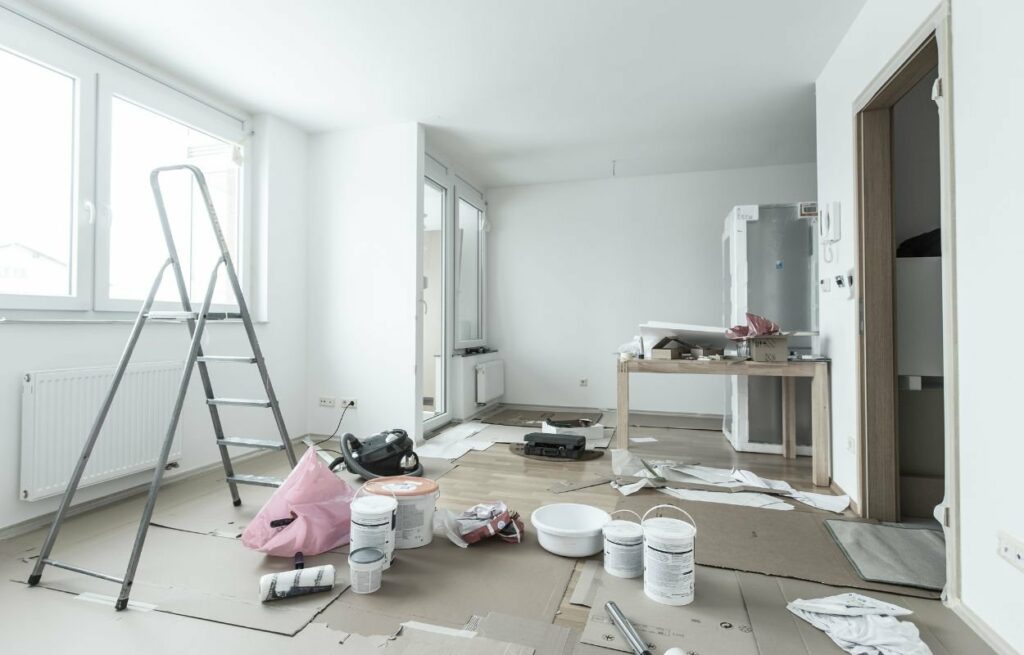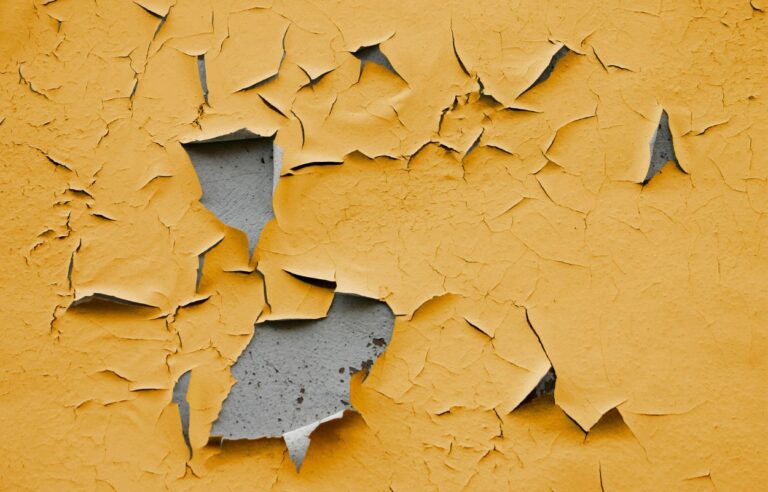
In the dynamic world of design and construction, the concept of deconstruction is gaining momentum as a transformative tool for revitalizing spaces. Deconstruction, often overshadowed by its counterpart, construction, is an innovative approach that involves carefully dismantling structures to salvage materials for reuse. This sustainable method not only minimizes waste but also breathes new life into existing spaces. It is especially appealing for those seeking to create a unique and vintage inspired space. In this blog post, we will explore the fascinating realm of deconstruction services and how they are making waves in the Okanagan region.
UNLOCKING POTENTIAL: THE ESSENCE OF DECONSTRUCTION SERVICES
Deconstruction services in the Okanagan are unlocking the untapped potential within structures. Rather than demolishing a building entirely, deconstruction involves the strategic disassembly of components with a focus on preserving as many usable elements as possible. This method allows for the salvage of valuable materials like wood, metal, and fixtures, reducing the environmental impact. By reusing these materials, deconstruction becomes a key player in sustainable construction practices.
PRESERVING HISTORY: A SUSTAINABLE HERITAGE
One of the notable aspects of deconstruction services in the Okanagan is their role in preserving historical structures. Instead of erasing the past through demolition, deconstruction enables the careful dismantling of heritage buildings. Salvaged materials can then be repurposed or integrated into new designs, preserving the essence of history within modern spaces. This sustainable approach bridges the gap between the past and the future.
ENVIRONMENTAL IMPACT: REDUCING THE CARBON FOOTPRINT
Deconstruction services contribute significantly to environmental sustainability by minimizing the carbon footprint associated with traditional demolition. Recycling and reusing materials extracted through deconstruction not only reduce the need for new production but also lower energy consumption. The Okanagan region is witnessing a positive shift towards eco-friendly construction practices, thanks to the increasing adoption of deconstruction services.
COST-EFFICIENCY: RETHINKING CONSTRUCTION ECONOMICS
Incorporating deconstruction services into construction projects in the Okanagan has proven to be a cost-effective strategy. While the initial perception may be that deconstruction is time-consuming, the salvaged materials often offset the additional labor costs. The recycled materials obtained through deconstruction can be used in subsequent projects, contributing to a more sustainable and economical construction cycle.
COMMUNITY ENGAGEMENT: FOSTERING LOCAL COLLABORATION
Deconstruction services in the Okanagan extend beyond the physical act of dismantling structures. They foster community engagement by creating opportunities for local collaboration. Salvaged materials can be donated to community projects, promoting a sense of shared responsibility for sustainable practices. This collaborative approach not only benefits the environment but also strengthens the social fabric of the community.
In conclusion, deconstruction services in the Okanagan are playing a pivotal role in reshaping the landscape of construction and design. By unlocking the potential within structures, preserving history, reducing environmental impact, enhancing cost-efficiency, and fostering community engagement, deconstruction is emerging as a holistic solution for revitalizing spaces. As the region embraces sustainable practices, the transformative power of deconstruction is set to leave an enduring mark on the Okanagan’s architectural and environmental legacy.





